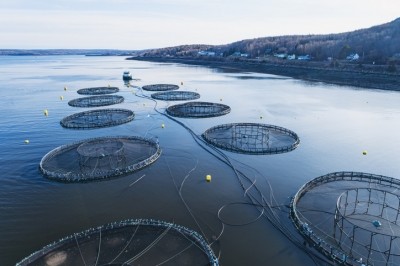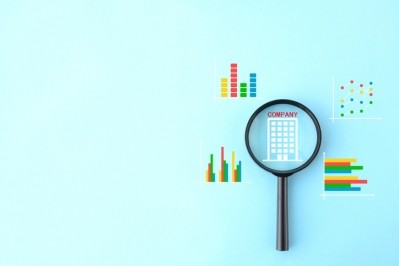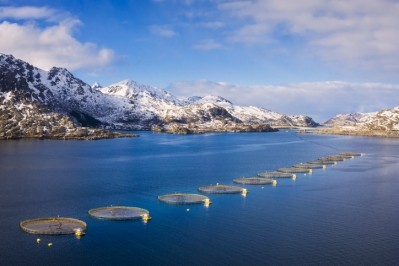Increasing transparency in animal feed sector: WWF and Global Salmon Initiative unveil ESG risk assessment tool for buyers
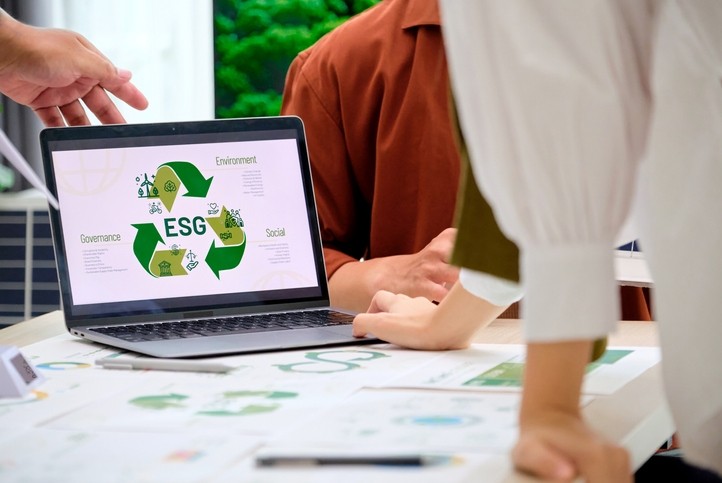
This is the concept behind a new tool, launched by the Global Salmon Initiative (GSI) in partnership with World Wildlife Fund (WWF) to asses environmental, social, governance (ESG) risk for feed ingredients.
By using the tool and identifying possible risks, the idea is that buyers can use this knowledge to encourage innovation, and spur continued developments in the sourcing of feed ingredients, minimizing ESG risk.
"The tool marks the first pre-competitive effort to capture primary data related to the production and sourcing of feed ingredients, a necessary first step in significantly addressing the challenges of transparency and traceability in supply chains. Identification of high-risk ingredients establishes a system to anticipate and prevent supply chain challenges from becoming business and reputational risks for all stakeholders in the value chain,” commented Daniel Miller, aquaculture lead specialist at WWF.
The partners say GSI members, representing around 40% of the global farmed salmon sector, are adopting the tool to establish a consistent and aligned framework for engaging their entire feed supply chain.
Sophie Ryan, CEO of the GSI, told FeedNavigator: “The tool allows all GSI companies to have an aligned set of questions to ask of their feed suppliers which provides a holistic overview to all possible ESG risks in the feed supply chain, resulting in greater awareness and allowing the companies to make more informed choices. The tool provides the flexibility for companies to alter the weighting or the prioritization of the questions to align with their company priorities. For example, if one company is looking for feed with a low carbon footprint, they can give this a higher weighting, or, alternatively, if deforestation-free soy, or human rights are the priority they have the flexibility to change this.”
Feed remains a black box with a surprising amount of unknown information - Danny Miller, aquaculture lead, WWF.
Developed over a three-year period in consultation with the GSI members, the WWF, and industry feed companies, the platform provides a consistent and aligned framework for farming companies to engage with their respective suppliers to get a holistic overview of possible risks in the feed supply chain. “Subject matter experts in labor and human rights, environmental sustainability, and feed nutrition also contributed to create the initial questions for the tool,” Miller told us.
The ESG screen methodology is organized into the key risk areas of transparency, management systems, governance, human rights, restorative land use and biodiversity practices, fisheries, carbon footprint, circularity, pollution, water consumption, fish health and nutrition, human health and nutrition, climate change impacts and scalability, he explained.
The tool allows stakeholders to better identify and address possible ESG risks by “creating a mechanism to analyse the individual ingredients in feed formulations and the suppliers of each of the ingredients. It allows producers and value chain actors to proactively understand, through a side-by-side comparison, which commodities or raw materials pose the greatest material risk to their feed sourcing, which, in turn, will support companies to make more informed decisions on the feed ingredients they purchase,” continued Miller.
GSI member companies are Australis Seafoods; Bakkafrost; Blumar; Cermaq; Salmones Camanchaca; Empresas AquaChile; Grieg Seafood; Huon Aquaculture, Multiexport Foods; Nova Sea; Salmones Austral; Salmones Aysen; Tassal; and Ventisqueros.
Those producers have a presence in Australia, Canada, Chile, Faroe Islands, New Zealand, Norway and the UK.
The initiative also includes supply chain associate members, firms active in feed and pharmaceutical industries, including Benchmark Holdings plc; BioMar; Cargill; Elanco; Merck, Sharpe and Dohme (MSD) Animal Health; PHARMAQ; Salmofood; and Skretting.
Unintended risks and vulnerabilities
Miller also gave examples of the unintended risks and vulnerabilities in feed-ingredient supply chains that the tool aims to address:
“The sourcing of soy that is not deforestation free versus deforestation free soy can result in a 60% change in embedded emissions in salmon. Without identifying the specific regions and farms that soy is being sourced from, producers may be unintentionally increasing their emissions footprint. Marine ingredients, such as trimmings and bycatch carry their own unique and prevalent risks, such as overfishing and human rights abuses, including forced labor and slavery.”
Novel inputs
The ESG screen also provides a wider lens to evaluate novel feed ingredients and how their introduction will affect the overall risk profile of a feed formulation:
“Today, metrics and methodologies for analyzing sustainability and impact of feed ingredients are not consistent between farming companies and their feed suppliers with approaches and topic areas varying company by company. The tool creates a common system that can streamline the process for data collection and risk analysis. Novel ingredients foster hope for minimizing the negative impacts from feed production; however, making the decision to use these ingredients must come with the same level of comprehensive scrutiny of impact of other ingredients to ensure one impact is not simply traded for another.”
Sourcing feed ingredients from diverse supply chains makes it challenging to identify and mitigate all the current and potential ESG risks of our global operations. We’ve made significant progress over the past few years in addressing many of these risks, but we have more work to do, and our pace needs to accelerate. We support the implementation of the ESG tool because it will help us better identify what we know and what we don’t know about the impacts of certain ingredients, and in addressing these concerns, we will increase the transparency in our sourcing and ultimately improve our performance. - Jorge Diaz Salinas, sustainability manager, Skretting.
The Aquaculture Stewardship Council (ASC) says it has also reviewed the tool and intends to incorporate it as one of its due diligence mechanisms to be part of the ASC Feed Standard certification process.
While the platform was designed to support the salmon farming sector, other animal protein production sectors may also benefit from its use.
Potential for application across entire feed sector
“Many of the high-risk areas for aquaculture production remain true for other animal protein production sectors and pet food companies that rely heavily on feed sourcing and production. The companies in these other sectors also rely on many of the same feed companies for the feed they purchase. Building consensus to consolidate and standardize feed ingredient data collection will accelerate potential improvement for the issues in feed ingredient sourcing across all purchasers of animal feed. WWF is engaging in dialogue to build that consensus for adoption, both with other animal protein sectors, feed ingredient providers, and retailers,” said Miller.
The tool is in its first iteration and will be updated as companies begin to use it and collect insights into their supply chains. Additionally, annual amendments will ensure the tool continues to support and deliver on its intended purpose, said the developers.
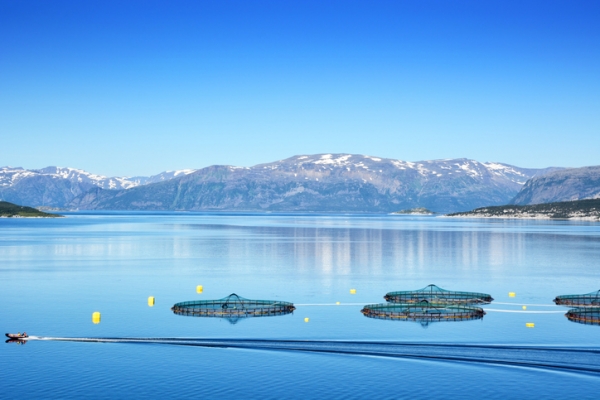
Data confidentiality
All data collected as part of the tool is confidential and only shared between feed supplier and farming company. “Complex NDAs have been worked out across a variety of stakeholders to ensure the appropriate feed information could be gathered while maintaining confidentiality,” confirmed Miller.
In addition to the tool, WWF in collaboration with GSI and Grieg Seafood, released a business case, Feed of the Future: Transparent and Traceable. The paper outlines the challenges inherent in feed production, the development of the tool, and Grieg Seafood’s experience applying it to their supply chain.
“Animal feed ingredient secrecy is coming to an end, and now is the time for feed companies, animal protein producers, and animal protein purchasers to address feed impacts in their supply chains. Given the variability of emissions and other impacts across regions and production practices, a commitment to using the ESG tool will drive greater traceability and transparency within supply chains — much more quickly and at a more significant scale than working alone. Precompetitive collaboration works, as we have seen through GSI’s work driving industry-wide uptake of the ASC standard; now is the time to make it work to increase transparency in animal feed,” noted the authors of that paper.

